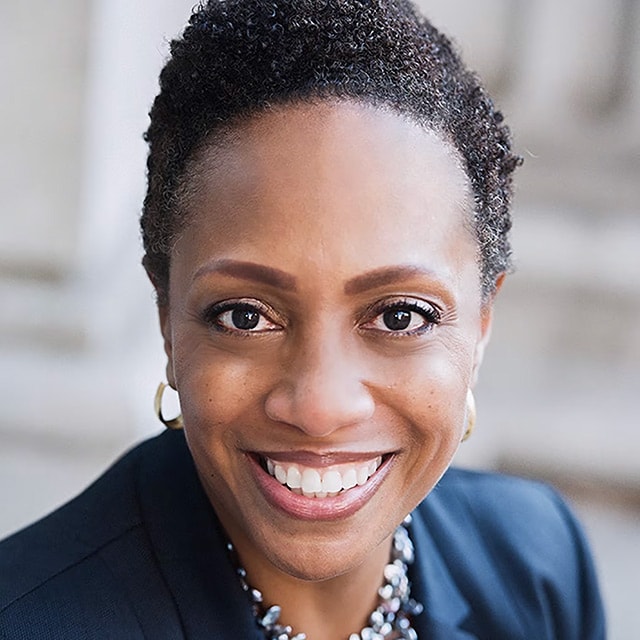Uncovering culture:
A call to action for leaders
Uncovering culture explores the ways and extent to which US workers “cover”—that is, downplay known disfavored identities to fit into mainstream corporate cultures. This research questions orthodoxies of authenticity and power, including perceptions of psychological safety, to meaningfully move towards equity and belonging in the workforce.
Study overview
Ten years after publishing Uncovering talent, Deloitte’s DEI Institute™ and the Meltzer Center for Diversity, Inclusion, and Belonging at NYU School of Law collaborate to refresh and expand the covering research—exploring more identities, the impacts of intersectionality, and how covering taxes workers* and organizations.
This is nearly the same percentage (61%) of respondents who reported covering at work in our 2013 report.
*Survey respondents (1,269) are full and part time adult (18+) workers from companies with a minimum of 500 employees in the US across five industry categories: Consumer; Energy, Resources, and Industrials; Financial Services; Life Sciences & Healthcare; and Technology, Media, and Telecom. This final sample was weighted to be representative of our target population. The survey was fielded in 2023.
Workers report engaging in covering behaviors defined along four axes
Icons capture the shift from a covered to uncovered state along each axis.
Appearance-based
Appearance-based covering concerns how individuals alter their self-presentation—including grooming, attire, and mannerisms—to blend into the mainstream culture.
Affiliation-based
Affiliation-based covering concerns how individuals minimize behaviors widely associated with their identity, often to negate common stereotypes.
Advocacy-based
Advocacy-based covering concerns not defending or promoting the interests of one’s group.
Association-based
Association-based covering concerns how individuals avoid contact with other group members.
“I edit the way I talk and act around my coworkers so as to make myself appear ‘less gay’.”
Prevalence of covering
Everyone covers, but some cover more.
Because covering is, by definition, an attempt to downplay an identity to blend into the mainstream, it is not surprising that survey respondents from non-dominant groups in the workplace generally reported higher rates of covering than those from majority or dominant groups.
Percentage of respondents reporting covering, by identity cohort1
Cisgender2 women were more likely to cover than cisgender men, and nonbinary and/or transgender respondents were the most likely to cover.
While 56% of White respondents report covering, incidence of covering is higher for other racial or ethnic cohorts:3
Latin(x/e/a/o)
Respondents who identify as non-heterosexual4 were more likely to cover than those who identify as heterosexual.
1 These statistics reflect reported covering by respondents who self-identify as belonging to these cohorts, rather than covering for these identities.
2 Cisgender refers to a person whose internal sense of gender identity matches their sex assigned at birth. Transgender refers to a person whose gender identity is different from the sex that was assigned at birth.
3 We have included here those race/ethnicity categories where we had a sufficient number of respondents to report.
4 This includes any survey respondents who self-identified as asexual, bisexual, demisexual, gay, lesbian, pansexual, queer, or sexual orientation not listed.
Leading by example
While every individual in an organization can influence its culture, leaders have a crucial role to play in disrupting a culture of covering.
By virtue of their roles, leaders hold the greatest authority and set the tone for others to follow.
Many organizations state they value an inclusive work environment. Yet our research suggests that leaders often cover more, not less, than those lower in the organizational hierarchy.
Costs of covering
Covering demands are costly for both individuals and the organizations they work for.
When asked, workers reported that the need to cover at work has negatively impacted them in several ways, including their well-being, commitment to their organization, and job performance.
To what extent has the need to cover at your organization negatively impacted the following?
| Category | Value |
|---|---|
| All | 60% |
| Cisgender men | 54% |
| Cisgender women | 67% |
| Transgender and/or nonbinary* | 68% |
*n equal to less than 10; results cannot claim to be representative of these cohorts in the general population
Despite the increased attention on diversity, equity, and inclusion over the past 10 years, covering is ubiquitous and continues to negatively impact workers and therefore organizations’ capacity to thrive.
But this also presents organizations and leaders with the opportunity to foster an uncovering culture—a workplace environment that not only calls for greater authenticity and belonging, but makes it possible.
This report:
- Revisits the concept of covering with the benefit of new quantitative and qualitative data
- Explores the critical role of leaders in either perpetuating or challenging a culture of covering
- Outlines three practical solutions that leaders can implement immediately to help build an uncovering culture
Get in touch
Principal, Deloitte Consulting LLP


